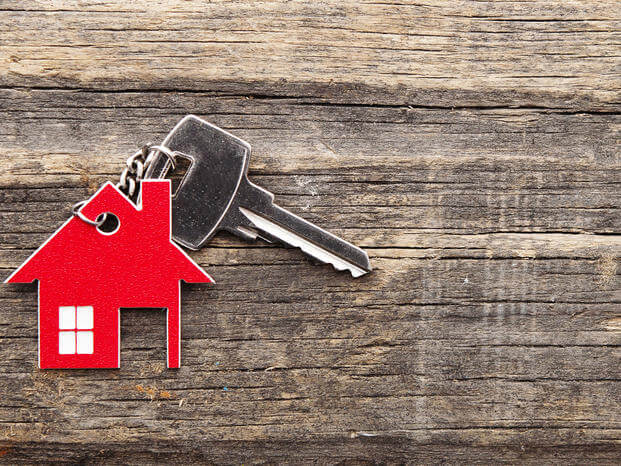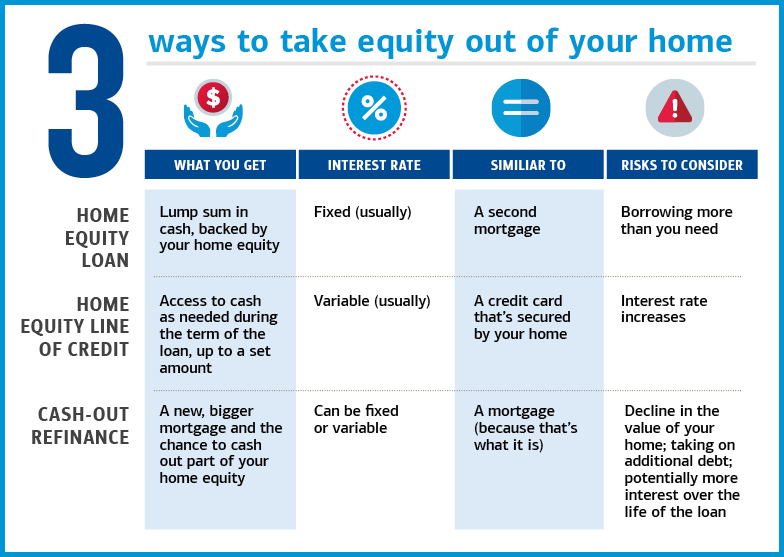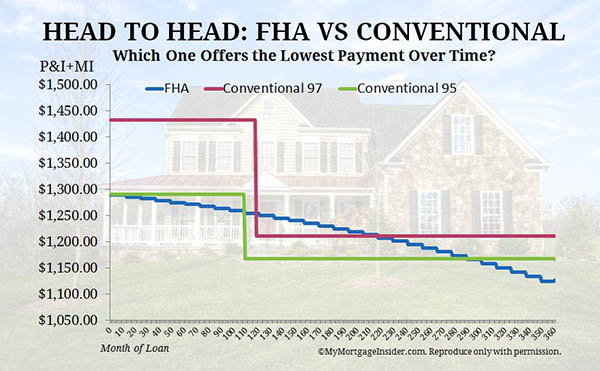
The margin is the difference between your interest rate and the index rate. 5/1 ARM mortgage rates are determined by the margin. While the index rate can fluctuate over the years, the margin is set at loan start and stays the same throughout the loan period. The margin is the lower, so you'll pay less interest over the term of your loan.
Fixed 15-year ARM vs. 5/1 ARM
When shopping for a mortgage, it is important to understand the differences between fixed rates (15-year) and adjustable rates (5/1 ARM). While both types of mortgages are similar, there is a lot to be aware of. A 15-year fixed rate mortgage will have a fixed monthly payment for the entire term. An ARM will adjust its rate of interest based on the mortgage documentation. This means that the monthly payment will be adjusted whenever the index value changes. Fixed-rate mortgages are more expensive than ARMs because they have a shorter tenure.
The mortgage rates for adjustable-rate mortgages of five years are more than those for fixed-rate mortgages of 15 years. This is due in part because the five-year ARM’s interest rate fell since the mid-2000s. In 2006 the average 5/1 AARM rate was 6.8%. In 2010, it was 3.82%. The 15 year fixed rate mortgage currently stands at 5.90% with an 0.1-point downpayment. In contrast, the 5/1 ARM is now at 5.36% with a 0.3-point-down payment.

Interest rate caps on 5/1ARMs
The interest rate caps for 5/1ARMs restrict how much the interest rates can increase over the course of the loan. These caps are shown in the index, first year's rate of interest and margin. The caps may be increased once a year, or every two years in some cases. In other cases, the caps are set to rise every five years.
In some cases, the cap could not be applied on the initial rate of interest. The introductory interest rate is lower than the rate that would apply if the loan were a fixed-rate mortgage. In many cases the introductory rate will be a full percentage lower than the rate at the close of the fixed period. The interest rate could be higher after the fixed-rate period ends. Many ARMs include an interest rate limit to stop this happening. This cap can be either a life-time or periodic limit that restricts the potential for interest rate increases throughout the loan's lifetime.
A key aspect of keeping monthly payments affordable are interest rate caps for 5/1 ARMs. The monthly payment will increase if the interest rate is higher. Therefore, it is important to make sure that the interest rate caps are applicable for your situation.
Cost of a 5/1 loan
You should consider all possible consequences if you're considering a 5/1 ARM loan. This type loan requires that you pay an interest rate that adjusts according to the market index. These mortgages include caps that limit the rate at which interest rates can rise. The first cap limits the rate that can be increased during the first year, while the periodic limit limits how much rate increases each time the loan is adjusted.

A 5/1 ARM loan's initial interest rate is usually very low. This makes it a good choice for home ownership. However, the rate is only fixed for five years, after which it adjusts based on the prevailing interest rate plus a margin. This is why the financial sector is currently phasing out this type mortgage. This process started over the last year and will continue until most lenders cease using this type. Changes to financial indices are among the reasons for this phase-out.
FAQ
What are the pros and cons of a fixed-rate loan?
A fixed-rate mortgage locks in your interest rate for the term of the loan. This will ensure that there are no rising interest rates. Fixed-rate loans have lower monthly payments, because they are locked in for a specific term.
What should I look for in a mortgage broker?
A mortgage broker is someone who helps people who are not eligible for traditional loans. They shop around for the best deal and compare rates from various lenders. Some brokers charge a fee for this service. Some brokers offer services for free.
Do I need a mortgage broker?
Consider a mortgage broker if you want to get a better rate. Brokers are able to work with multiple lenders and help you negotiate the best rate. Some brokers do take a commission from lenders. Before you sign up for a broker, make sure to check all fees.
Statistics
- This seems to be a more popular trend as the U.S. Census Bureau reports the homeownership rate was around 65% last year. (fortunebuilders.com)
- Some experts hypothesize that rates will hit five percent by the second half of 2018, but there has been no official confirmation one way or the other. (fortunebuilders.com)
- This means that all of your housing-related expenses each month do not exceed 43% of your monthly income. (fortunebuilders.com)
- Based on your credit scores and other financial details, your lender offers you a 3.5% interest rate on loan. (investopedia.com)
- 10 years ago, homeownership was nearly 70%. (fortunebuilders.com)
External Links
How To
How to Rent a House
People who are looking to move to new areas will find it difficult to find houses to rent. It can be difficult to find the right home. Many factors affect your decision-making process when choosing a home. These factors include location, size and number of rooms as well as amenities and price range.
We recommend you begin looking for properties as soon as possible to ensure you get the best deal. Consider asking family, friends, landlords, agents and property managers for their recommendations. This will allow you to have many choices.